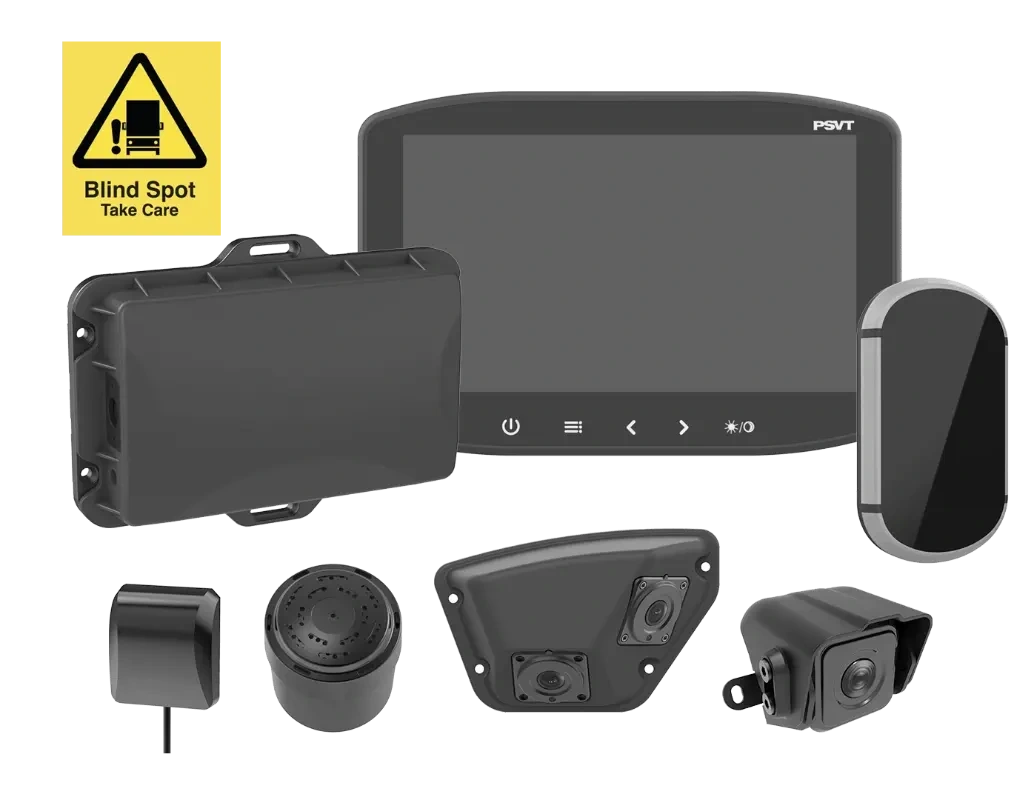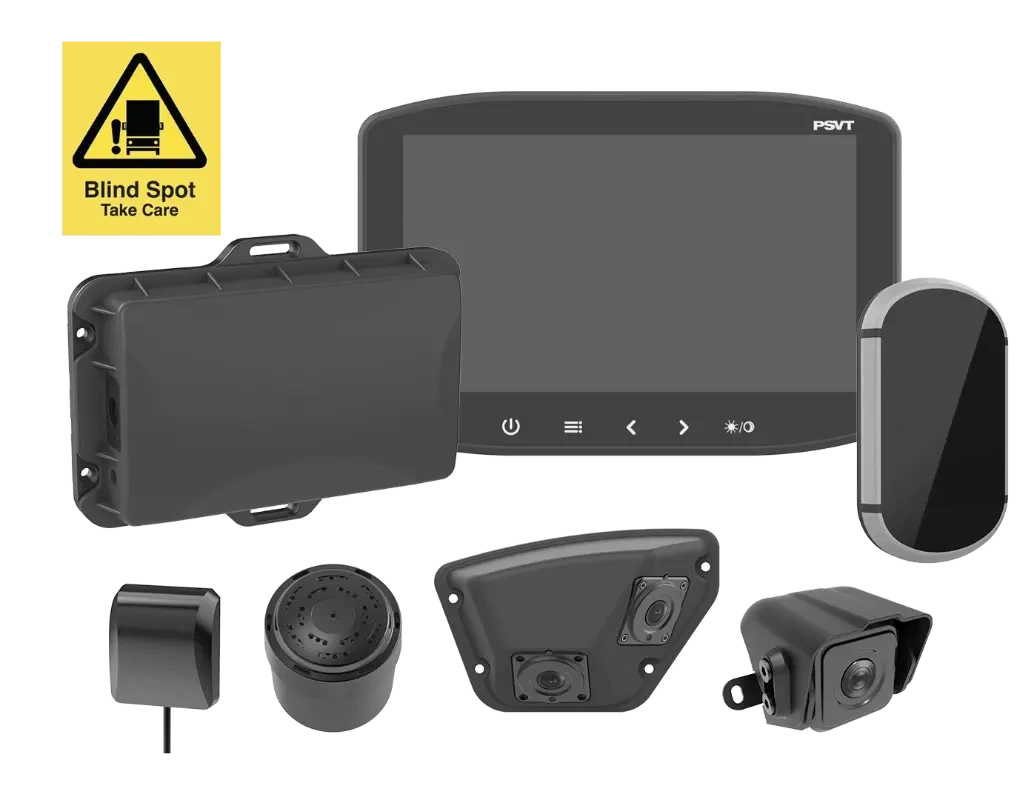relevant information
-

2025.02.12
How Blind Spot Warning Works with Rear Cross Traffic
When used in conjunction with the rear cross traffic alert system, the vehicle blind spot warning system can improve the safety of reversing, especially in complex parking lots or narrow environments. How the two work together: Rear Cross Traffic Alert System (RCTA) Principle: The rear cross traffic alert system detects obstacles such as vehicles and pedestrians approaching quickly from the side or rear through radar or ultrasonic sensors. When the system detects possible dangers (such as vehicles or pedestrians coming from the side), it will issue a warning to prompt the driver to pay attention. Application scenario: When the vehicle is reversing, if there are other vehicles or pedestrians approaching from the rear or side, RCTA will issue an alarm in time to avoid a collision. Blind Spot Warning System (BSW) Principle: The blind spot warning monitor monitors the driver's blind spot area through side radar or cameras. When its...
-

2025.01.14
Analysis of the advantages of DDAW driver drowsiness and attention warning system
DDAW (Driver Drowsiness and Attention Warning) is an intelligent system that improves driving safety by monitoring the driver's status. It can effectively detect driver fatigue, inattention and other problems, and issue warnings in time to remind the driver to take measures to avoid traffic accidents. The following is an analysis of the main advantages of the DDAW system: 1. Reduce accidents caused by fatigue driving Fatigue driving is one of the important causes of traffic accidents, especially when driving for a long time. The DDAW system can detect the driver's fatigue state in real time by monitoring the driver's eye movements, facial expressions, and driving behaviors (such as lane deviation, slow reaction, etc.). When the system detects that the driver may be in a state of fatigue, it will issue an alarm to remind the driver to rest...
-

2024.12.26
What is a truck blind spot warning system?
The truck blind spot warning system (BDS) is a safety assistance system designed specifically for large trucks to detect objects in the driver's blind spot, especially other vehicles. Due to the large size of trucks, it is difficult for drivers to fully grasp the surrounding environment, especially the blind spots on the sides and rear. Therefore, the side blind spot warning system uses sensors, radars, cameras and other equipment to monitor the blind spots around the vehicle in real time. Once other vehicles or obstacles are approaching, the system will alert the driver through sound or visual warnings to avoid traffic accidents caused by blind spots. Working principle of the truck side blind spot warning system Sensors and radars: The side blind spot warning system is usually installed near the rearview mirrors on both sides of the vehicle, using ultrasonic sensors, radars or laser radars (LiDAR) to detect surrounding objects...
-

2024.12.20
New trends in vehicle safety protection: Advanced suite of progressive safety systems
The advanced suite of progressive safety systems is an important advancement in modern automotive technology. It greatly improves vehicle safety and driving experience through multi-level and multi-dimensional intelligent protection. This system not only has traditional passive safety functions, but also builds a more comprehensive and dynamic safety protection system through real-time perception, intelligent decision-making and active intervention. In actual driving, drivers can enjoy the full range of protection provided by the system in different situations, ensuring that every trip is safer. In daily driving, the progressive safety system uses advanced sensors and cameras to monitor the surrounding environment in real time, judge potential risks and take corresponding countermeasures. For example, the system can issue a warning before a collision occurs, reminding the driver to pay attention to obstacles or vehicles ahead in time, and activate automatic braking when necessary...
-

2024.12.11
What is the Truck Progressive Safety System?
Due to the size, weight and operating characteristics of trucks, they face higher safety risks in road traffic. In order to improve the safety of trucks and reduce the occurrence of accidents, the Progressive Safety System came into being. The Progressive Safety System is a comprehensive technology that gradually enhances safety protection through multiple stages and levels. Its main purpose is to improve the active and passive safety capabilities of trucks through intelligent and automated means. The Progressive Safety System not only focuses on the driver's behavior, but also integrates the interaction between the vehicle and the environment, with multi-level safety protection measures as the core. This article will combine the components of the system to explore in depth why trucks need to install a progressive safety system and analyze its importance in practical applications. Components of the Progressive Safety System Progressive Safety...
-

2024.11.23
What is the difference between reverse camera and 360 degree camera?
Modern cars are equipped with many advanced technologies to improve driver safety and convenience, especially when parking and reversing. Reversing cameras and 360-degree imaging systems are two key technologies. Although they both help drivers navigate tight spaces and avoid obstacles, they offer different functions, benefits, and applications. Next, let's take a look at the differences between reversing cameras and 360-degree imaging systems, especially the AVM 360-degree surround view system. Reversing cameras (or backup cameras) are a common and important safety feature in modern vehicles. They are usually installed at the rear of the vehicle and provide a wide-angle view of the area behind the vehicle, which is displayed on a screen inside the vehicle. Its main purpose is to reduce blind spots and prevent collisions when reversing. Reversing cameras are particularly useful when parking, helping drivers avoid hitting pedestrians,...

